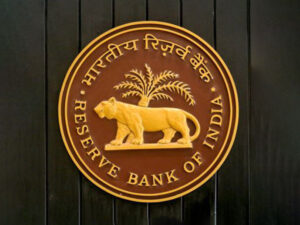India’s cement sector poised for resilient growth: Report
New Delhi [India], May 26 (ANI): The Indian cement sector is likely to witness a strong growth trajectory, boosted by robust economic factors, substantial infrastructure development and favourable demand-supply dynamics, a recent report by PhillipCapital indicated.
According to the report, the country’s cement sector, the world’s second-largest, is set for an “impulsive up-move,” because of strong infrastructure and housing demand, favourable government policies, and industry consolidation.
IMF and RBI data suggest India’s GDP to grow at a pace of 6-7 per cent annually, fuelled by rising demand for cement as it plays a critical role in construction and infrastructure.
Various government projects such as Smart Cities Mission, Bharatmala Pariyojana, PM Gati Shakti, and Housing for All contribute massively to infrastructure spending, leading to the growth of the cement sector.
Additionally, 50 per cent of India’s population is likely to be urban by 2050, as compared to a 35 per cent urban population in 2025, which will create a huge demand for “residential and commercial construction.”
“Affordable housing schemes and real estate growth, supported by policies like Pradhan Mantri Awas Yojana (PMAY), increase cement consumption. Rising middle-class disposable income fuels demand for private housing and urban redevelopment.” The report said.
Furthermore, the report also points out major players in the cement industry as they prepare to meet the rising demand. Industry consolidation, such as Adani’s acquisition of Ambuja and ACC, is expected to enhance pricing power and operational efficiencies.
“The 2025-26 Union Budget is expected to maintain high capital expenditure (e.g., Rs11.11 lakh crore allocated in 2024-25), boosting cement demand,” PhillipCapital said.
On the demand side, cement demand is expected to grow at a CAGR of 6-8% over 2025-30. However, stable raw material availability (limestone, coal) supports cost-effective production.
The report also acknowledges potential risks, including the cyclical nature of the cement industry, volatility in input costs (coal, petcoke, freight), and the possibility of stricter environmental regulations.






